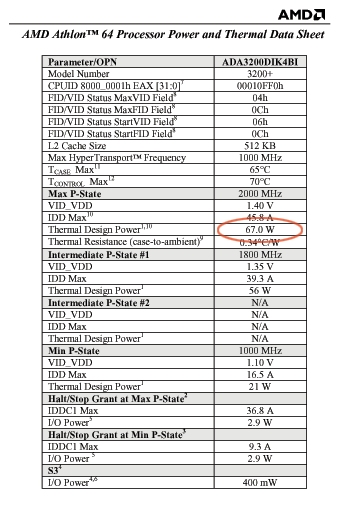After careful consideration I have decided to transfer all hardware review activities to a new domain. I purchased Hardwareasylum.com in 2012 and have been working hard to build a new and improved Ninjalane on that domain. If you are reading this you have reached one of the archived articles, news, projects and/or reviews that were left behind during the site migration.
Please update your bookmarks and be sure to visit the new and improved Ninjalane at Hardwareasylum.com
Cooler Master Aquagate Mini Review
Author: Dennis Garcia
Published: Monday, April 04, 2005
Benchmarks
The Aquagate Mini R120 is designed for "every" modern processor provided that the motherboard will allow you to mount a heatsink to the PCB. Here is an overview of the system and testing methodology.
The system as it was tested
Soltek SL-K8TPro-939
Athlon64 3200+ 512KB L2 Cache 939 ADA3200DIK4BI
Cooler Master Aquagate Mini
Stock AMD Heatsink
CPUCool was used to obtain and record system temperature information and a game of Quake 3 provided the processor usage.
Athlon64 3200+ 512KB L2 Cache 939 ADA3200DIK4BI
Cooler Master Aquagate Mini
Stock AMD Heatsink
CPUCool was used to obtain and record system temperature information and a game of Quake 3 provided the processor usage.

Editors note: Even though the Windows XP task manager reported 100% processor usage we could never attain a 100% of the rated heat output as documented by AMD (see below)
when using Quake 3 as a basis for that heat production. Knowing this the game was played until the maximum temperature was attainted and stabilized, or when the round was over.
Other things to consider when judging software induced heat output.
a) Clock throttling by the processor at high temperatures.
b) Normal software isn't designed to produce maximum heat output.
c) Variances of cooling temperature.
d) Variances in CPU load.
e) Inaccuracies in thermal diode readouts.
Of course the list goes on..
My testing methodology is aimed to provide a real world look into this heatsink given the test system provided.
a) Clock throttling by the processor at high temperatures.
b) Normal software isn't designed to produce maximum heat output.
c) Variances of cooling temperature.
d) Variances in CPU load.
e) Inaccuracies in thermal diode readouts.
Of course the list goes on..
My testing methodology is aimed to provide a real world look into this heatsink given the test system provided.
Default
Since the fan speed can be adjusted on the Cooler Master Aquagate Mini an extreme of each was used during the benchmarking process. Aquagate Low represents the lowest the fan would spin whereas Aquagate High is the fastest.

A C/W rating can quickly be calculated using this formula.
C/W = (CPU temp - Ambient temp)/(Variance(%) * CPU Watts)
Allowed variance for this test = 80%
CPU Watts = 67W
0.41 C/W = (46C - 24C)/(.8(67W))
C/W = (CPU temp - Ambient temp)/(Variance(%) * CPU Watts)
Allowed variance for this test = 80%
CPU Watts = 67W
0.41 C/W = (46C - 24C)/(.8(67W))
Overclocked
For this next test the FSB was cranked up to 255Mhz and the test was re-run.

To calculate a new C/W rating for this test we will need to factor in the increased processor
wattage. The formula and constants for this are listed below.
ocC/W = dCPU Watts * (ocMhz / dMhz) * (ocVcore / dVcore)2
ocMhz = 2550
dMhz = 2000
ocVcore = 1.58
dVcore = 1.39
The variance still applies for our C/W calcuation
Allowed variance for this test = 80%
CPU Watts = W
0.32 C/W = (56C - 24C)/(.8(125.6W))
ocC/W = dCPU Watts * (ocMhz / dMhz) * (ocVcore / dVcore)2
ocMhz = 2550
dMhz = 2000
ocVcore = 1.58
dVcore = 1.39
The variance still applies for our C/W calcuation
Allowed variance for this test = 80%
CPU Watts = W
0.32 C/W = (56C - 24C)/(.8(125.6W))
Benchmark Conclusion
2.5Ghz is a pretty typical overclock for our Athlon64 3200+ and even with the increased voltage the Aquagate Mini kept the system at a reasonable temperature. Knowing that our system would not run at these speeds using the OEM cooling solution it was not included with the overclocking heat tests. However a quick comparison will show that even at low fan speeds the Aquagate Mini kept the overclocked system cooler than the OEM heatsink does at stock speeds.
Keep in mind these calculations are provided for demonstration purposes only and may not reflect the actual lab tested C/W rating, but I think I'm close
Keep in mind these calculations are provided for demonstration purposes only and may not reflect the actual lab tested C/W rating, but I think I'm close

